Virginia’s High-Performance Buildings Act (HB2001)
 Virginia’s High-Performance Buildings Act (HB2001) was signed into law in 2021, with the goal to drive more efficient, resilient, and future-proof buildings. The law updated the building performance standards for state/public buildings by adding electric vehicle charging and infrastructure and utility metering requirements. It also created new building performance standards for local governments.
Virginia’s High-Performance Buildings Act (HB2001) was signed into law in 2021, with the goal to drive more efficient, resilient, and future-proof buildings. The law updated the building performance standards for state/public buildings by adding electric vehicle charging and infrastructure and utility metering requirements. It also created new building performance standards for local governments.
Since the act was introduced in the General Assembly, the VAEEC and key partners have been working with the bill patron and others to clarify the requirements and identify potential updates to the existing law. This included working with the Department of General Services (DGS) to update the Virginia Energy Conservation and Environmental Standards (VEES) for the first time since 2012.
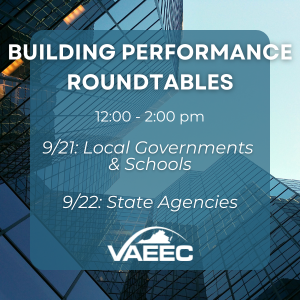 In September of this year, we held two building performance roundtable discussions with localities, state agencies, schools, architecture and design firms, engineering firms, and energy service companies. The goals were to educate stakeholders about the requirements and identify ways to update the law so that it better suits the needs of the intended audience.
In September of this year, we held two building performance roundtable discussions with localities, state agencies, schools, architecture and design firms, engineering firms, and energy service companies. The goals were to educate stakeholders about the requirements and identify ways to update the law so that it better suits the needs of the intended audience.
VAEEC Board members Elizabeth Beardsley (U.S. Green Building Council) and Bryna Dunn (Moseley Architects) started off the roundtables with an overview of the law and the pathways to compliance.
By July 1, 2021, state agency buildings were mandated to:
- Be designed, constructed, verified, and operated to comply with a high-performance building certification program,
- Comply with VEES,
- Have sufficient zero-emission vehicle infrastructure, and
- Include features that measure energy consumption and associated carbon emissions.
In the law, there is an option to exceed the above design and construction standards with prior written approval from the Director of DGS. The Director of DGS can also grant exemptions for specific projects if it is impractical to build or renovate to the standards. HB2001 also added a new reporting requirement for state agencies: an annual report is due to the Governor by January 1st detailing the energy efficiency and associated carbon emissions metrics for each applicable building built or renovated during the prior fiscal year.
Beginning July 1, 2021, buildings for localities with populations of 100,000 or more must:
- Be designed, constructed, verified, and operated to comply with one of three high-performance building certification programs (LEED certification, Green Globes Certification, or VEES verification),
- Have sufficient zero-emission vehicle charging and fueling infrastructure,
- Include features that measure the energy consumption and associated carbon emissions, and
- Incorporate appropriate resilience and distributed energy features.
Remaining localities will need to abide by these requirements beginning July 1, 2023.
Localities can seek an exemption if it is impractical to build or renovate to the standards. Local governments also have the option to adopt their own green design and construction program with standards that are more stringent than those required by law.
The above mandates apply to new buildings over 5,000 square feet and renovations where the cost of the renovation exceeds 50% of the value of the building. Smaller projects (those that are less than 20,000 gross square feet in size) have the option to achieve an ENERGY STAR certification with the implementation of mechanical, electrical, plumbing, and envelope commissioning instead.
The three compliance pathways are LEED certification, Green Globes Certification, or VEES verification. LEED v4 is the newest version of the LEED green building certification. A building must comply with a set of prerequisites, but then you can select a minimum number of criteria depending on what makes the most sense for your building. Similarly, Green Globes provides the option to pick and choose a minimum number of criteria, but this certification program does not have prerequisites. VEES follows the International Green Construction Code, so a building must comply with all of the stated requirements.
Guidance, resources, and support exist to help state agencies and local governments navigate and meet the law’s requirements. Starting October 1st, the Southeast Energy Efficiency Alliance (SEEA) will be providing technical assistance with policy creation and stakeholder engagement. They will also be providing technical assistance and training on the Building Energy Analysis Manager (BEAM) tool, which helps states and communities achieve building energy policy goals.
Additionally, Moseley Architects created a Requirements Summary for HB2001, which includes an option comparison. The U.S. Green Building Council (USGBC) curated two resources specific to green building in Virginia, Getting Started with High Performance Green Building: A Guide for Virginia Localities and VA HB2001: Summary & FAQ for Local Governments. USGBC also created Inflation Reduction Act: Buildings Provisions, which state agencies and localities will find helpful as they navigate the opportunities in the Inflation Reduction Act. These resources can be viewed at the respective links above, as well as in the VAEEC government clearinghouse. The clearinghouse also includes additional green building resources for our local government, academic, and state agency members.
Facilitated discussions took up the remainder of the event. Attendees were encouraged to ask questions and provide feedback, including:
- What part(s) of the legislation is consistent with objectives already set by your locality/agency?
- What part(s) of the legislation is helping move forward objectives that your locality/agency supports but doesn’t already have policies around?
- What clarifications or additions would you offer to update the current language?
- How can VAEEC and our partners support you in meeting your sustainability goals and the requirements of this legislation?
The presentation PDFs are available to download (local governments and schools, state agencies), and recordings of both roundtables can be viewed on the VAEEC YouTube channel. To learn more about building performance, register to attend our Energy Efficiency Forum on October 31st (virtual) and November 1st (in-person, Richmond). Additional questions can be addressed to Jessica Greene (jessica@vaeec.org).

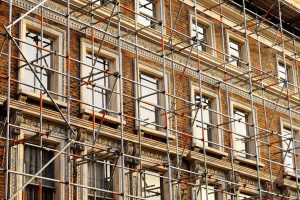 We are excited to announce that there has been a lot of C-PACE movement in Virginia over the past couple of months. The summary below provides an overview of the key highlights. Stay tuned for more information coming soon as C-PACE momentum is building across the Commonwealth.
We are excited to announce that there has been a lot of C-PACE movement in Virginia over the past couple of months. The summary below provides an overview of the key highlights. Stay tuned for more information coming soon as C-PACE momentum is building across the Commonwealth.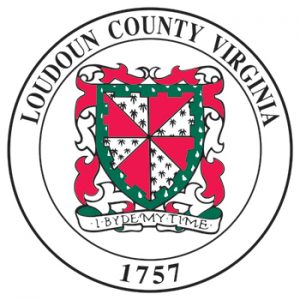 Since the release of the Attorney General’s Advisory Opinion, Loudoun County has been moving ahead at full force. The Board of Supervisors approved the County’s ordinance on February 21st. Now the County is in the procurement process for a third-party program administrator. The RFP is in development and is currently on schedule to be released later this month.
Since the release of the Attorney General’s Advisory Opinion, Loudoun County has been moving ahead at full force. The Board of Supervisors approved the County’s ordinance on February 21st. Now the County is in the procurement process for a third-party program administrator. The RFP is in development and is currently on schedule to be released later this month.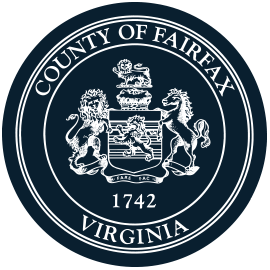 Back in January of this year, the VAEEC participated on the Fairfax County C-PACE Stakeholder Group to provide feedback on the County’s draft ordinance. Since the passage of SB 1559, the County plans to add resiliency measures to this ordinance, which is now scheduled to be considered by the Board of Supervisors on March 19th.
Back in January of this year, the VAEEC participated on the Fairfax County C-PACE Stakeholder Group to provide feedback on the County’s draft ordinance. Since the passage of SB 1559, the County plans to add resiliency measures to this ordinance, which is now scheduled to be considered by the Board of Supervisors on March 19th.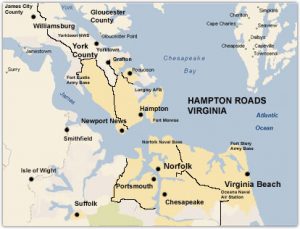
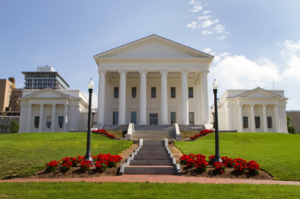 Senate Bill 1400 (Sen. J. Chapman Petersen) was introduced to add stormwater management to the list of projects that could be financed using C-PACE. Initially, this bill also authorized localities to establish Residential Property Assessed Clean Energy (R-PACE) financing; however, this language was stricken from the bill. By February 20th, the bill unanimously passed the House and the Senate to allow for C-PACE financing of stormwater management.
Senate Bill 1400 (Sen. J. Chapman Petersen) was introduced to add stormwater management to the list of projects that could be financed using C-PACE. Initially, this bill also authorized localities to establish Residential Property Assessed Clean Energy (R-PACE) financing; however, this language was stricken from the bill. By February 20th, the bill unanimously passed the House and the Senate to allow for C-PACE financing of stormwater management.